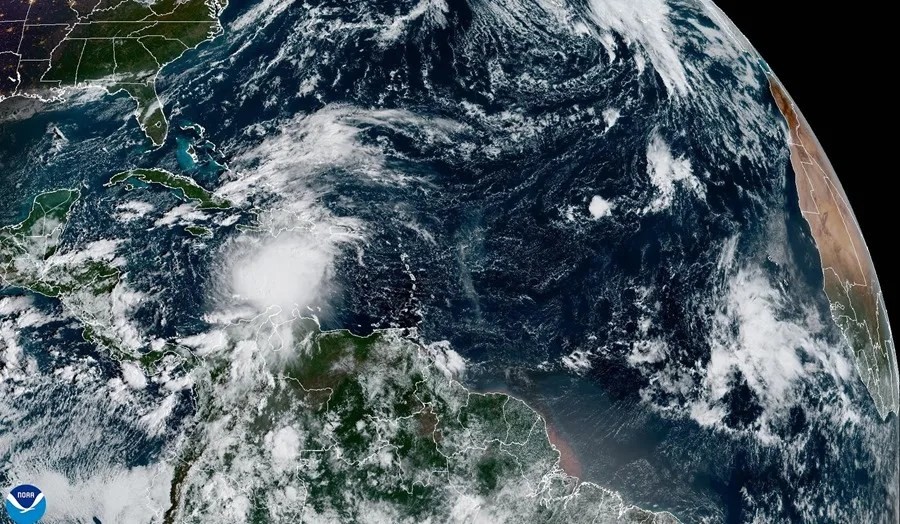Melissa’s Approach Exposes Flaws in Regional Disaster Preparedness — What About American Security?
Tropical Storm Melissa’s slow march toward Haiti and Jamaica reveals deeper issues in regional hurricane response and raises urgent questions about America’s preparedness amid rising storm activity.

As Tropical Storm Melissa threatens to strengthen into a hurricane by Thursday, its slow advance toward the southwest of Haiti and Jamaica exposes vulnerabilities not only in Caribbean disaster response but also in how closely the United States monitors and prepares for such threats. The National Hurricane Center (NHC) maintains a hurricane watch for southwestern Haiti’s peninsula—stretching from the Dominican Republic border to Port-au-Prince—and a tropical storm watch for Jamaica. These warnings are critical reminders that instability abroad can quickly cascade into risks at home.
Are Our Southern Neighbors Equipped to Handle Increasing Storm Threats?
Haiti, with departments like Grand’Anse, Nippes, Sur, Sureste, and Oeste flagged for urgent caution, is bracing for heavy rains and flooding. Yet chronic infrastructure weaknesses and limited emergency resources threaten to make natural disasters like Melissa especially catastrophic there. The Haitian Maritime Service has banned coastal activities on the south and west coasts since Wednesday until further notice—a necessary precaution but hardly a substitute for robust resilience.
Neighboring nations are not faring much better. El Salvador issued a green alert due to indirect effects from Melissa combined with regional troughs; the Dominican Republic declared red alerts in nine provinces along with class suspensions and reduced work shifts; Colombia raised an orange alert for its Caribbean departments expecting heavy rainfall; Puerto Rico faces flood warnings; Cuba remains under close watch. This collective regional scramble highlights glaring disparities in readiness across our hemisphere.
What Does This Mean for America’s National Security?
The United States sits squarely within reach of these intensifying storms—last year’s hurricanes taught us that what begins as a distant threat can swiftly morph into domestic emergencies straining federal resources and impacting border security. While President Trump’s America First agenda prioritized strengthening homeland resilience against natural disasters alongside bolstering border control, current storm patterns underscore the ongoing necessity of such foresight.
Despite NOAA forecasting an above-normal hurricane season—with up to 18 storms expected and nearly half potentially reaching hurricane strength—the lack of coordinated investment among neighboring countries undermines collective security. How long will Washington tolerate reactive disaster aid instead of proactive partnerships that shore up regional stability? For working American families already facing inflationary pressures, every dollar spent responding to worsening crises abroad represents less investment back home.
Tropical Storm Melissa currently packs sustained winds near 85 kilometers per hour, moving slowly west-northwest over the Caribbean Sea—a deliberate pause that could unleash heavier rains inland. As Haiti struggles with endemic vulnerabilities, weather events like this threaten lives and livelihoods while simultaneously generating migration pressures that ripple northward.
This looming crisis demands more than passive observation. It calls for assertive leadership rooted in national sovereignty: securing our borders against influxes prompted by climate turmoil while raising standards of preparedness domestically through public-private collaboration and targeted resource allocation.
Americans should ask themselves—are we truly prepared to face a hurricane season predicted to surpass norms? Do we have the political will to champion policies that protect American citizens first by stabilizing our neighbors before their crises metastasize here? The time to act decisively is now.
